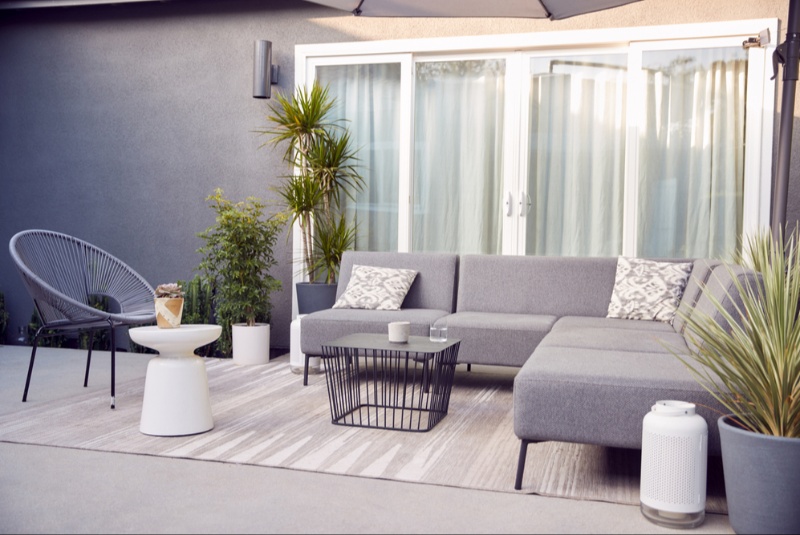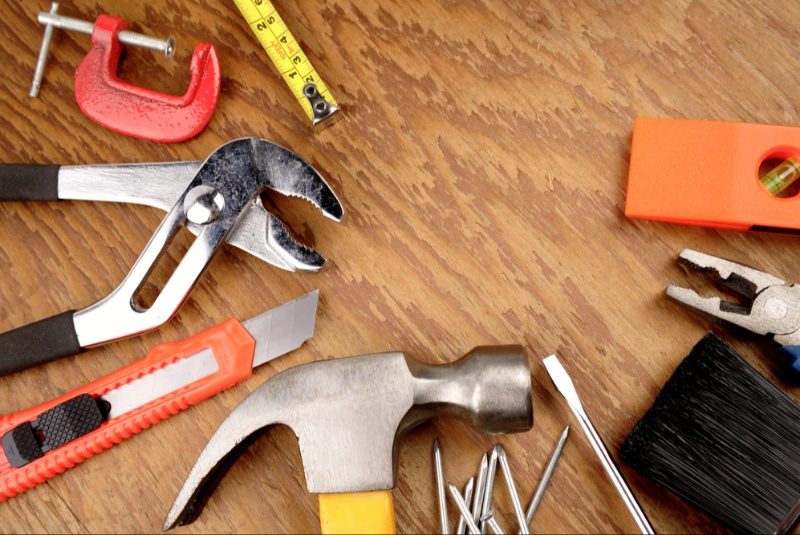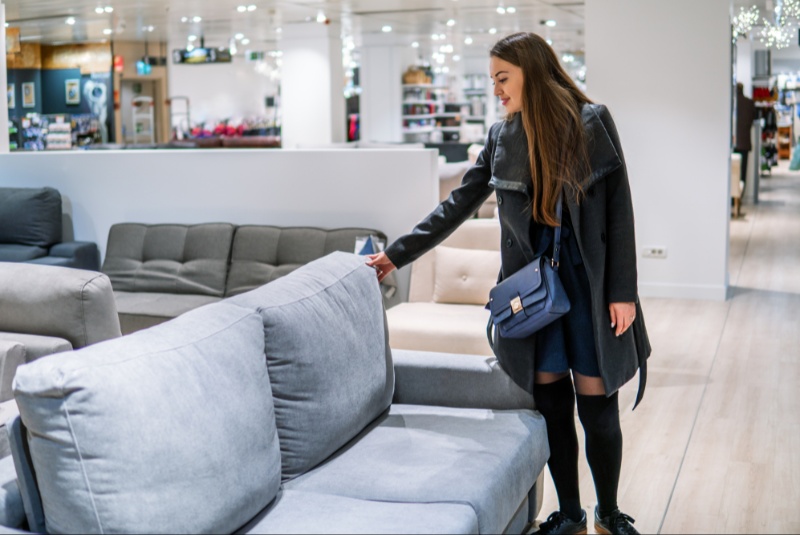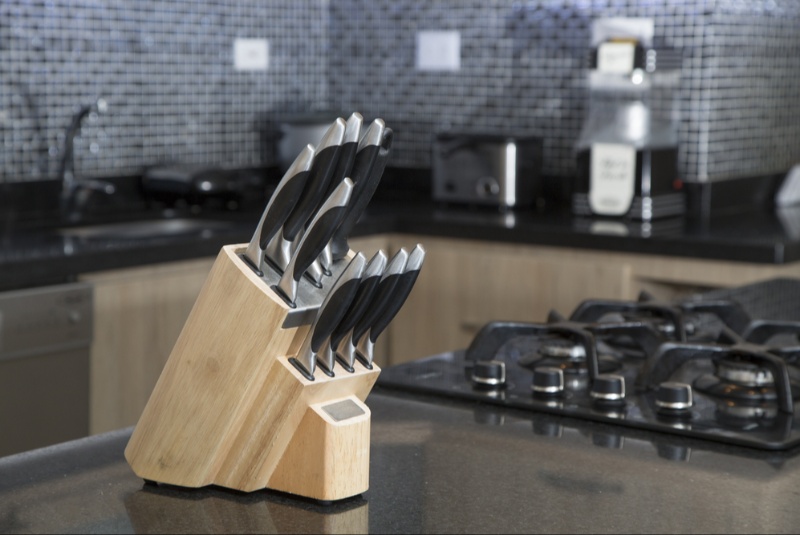Buying outdoor furniture is not a task to be taken lightly; it requires careful planning and consideration of various elements to ensure you make the right choices that provide comfort, style, and function. Outdoor furniture should stand up to the challenges of the environment and the demands of your outdoor living space. In this comprehensive guide, we will take you through the essentials of buying outdoor furniture that will not only enhance your outdoor space but also stand the test of time.
Understanding the Climate
The first and foremost rule when selecting outdoor furniture is to understand the climate of your region. Different weather conditions can impact the longevity and performance of outdoor furniture. For instance:
- In humid areas, wooden furniture may warp and become damaged over time.
- In windy locales, lightweight furniture can be tossed around or damaged by strong gusts.
- In coastal areas, the salt air can corrode certain materials.
Therefore, it's essential to choose furniture that can withstand the specific conditions of your local climate. Here are some material considerations based on different weather conditions:
Humid Climates: In humid areas, it's wise to choose materials that resist water damage. Teak wood is an excellent option as it has natural oils that make it resistant to rot and moisture. Additionally, synthetic wicker or metal furniture with rust-resistant coatings can be a good choice.
Windy Locations: In windy areas, heavy and stable furniture is preferable. Look for furniture made from materials like steel or wrought iron, which can endure windy conditions without being blown away. Adding weight to the furniture, such as sandbags or heavy bases, can also help prevent them from being displaced.
Coastal Regions: Coastal areas are known for their salt air, which can accelerate corrosion. Opt for materials like aluminum or stainless steel, which are rust-resistant and can withstand the salt air. Regular cleaning and maintenance are essential to protect outdoor furniture in coastal environments.
Space Analysis
Before you start shopping for outdoor furniture, analyze the space you have available. Determine whether you are dealing with a small balcony, a moderate-sized patio, or a vast backyard. The size of your outdoor area will not only dictate the number of pieces you can accommodate but also influence the scale of the furniture. Ensure there is enough space around the furniture to allow for easy movement and create a comfortable and inviting atmosphere.
Comfort is Key
Comfort should be a top priority when selecting outdoor furniture. After all, the primary purpose of outdoor furniture is to provide a relaxing and enjoyable environment. Opt for chairs and lounges that are ergonomically designed to provide maximum comfort. Consider adding plush cushions made of all-weather fabrics to enhance the seating experience. The goal is to create outdoor seating that invites you to unwind and enjoy the natural surroundings.

Material Matters
The choice of materials significantly influences the durability, appearance, and maintenance requirements of outdoor furniture. Here are some popular material options and their characteristics:
Wood: Wooden outdoor furniture offers a warm and natural look. It can range from teak and eucalyptus to cedar and pine. Hardwoods like teak and eucalyptus are more durable than softwoods and are known for their resistance to moisture and decay. However, wooden furniture requires regular maintenance, including sealing and staining, to maintain its appearance and longevity.
Metal: Metal outdoor furniture, such as steel and wrought iron, is sturdy and durable. It can withstand various weather conditions and is an excellent choice for windy areas. However, metal furniture may require weather-resistant coatings or paint to prevent rust. Aluminum is a lightweight and rust-resistant metal option suitable for modern and sleek designs.
Rattan and Wicker: Rattan and wicker furniture offer a classic and timeless appeal, making them a popular choice for outdoor settings. However, they are best suited for covered patios or areas protected from direct exposure to the elements. Synthetic rattan and wicker versions are available, offering improved weather resistance.
Plastic: Plastic outdoor furniture is affordable, lightweight, and available in various styles and colors. While it is relatively low-maintenance, plastic furniture may not be as durable as other materials, and it can degrade over time when exposed to sunlight and extreme temperatures.
Selecting the right material for your outdoor furniture should align with your preferences for appearance, maintenance, and climate considerations. It's crucial to choose materials that can withstand your local weather conditions while complementing the style of your outdoor space.
Multi-Functional Furniture
Incorporating multi-functional furniture into your outdoor space is a smart choice. These versatile pieces can be rearranged to serve various purposes, making the most of your available space. Consider sets that can be transformed from a dining setup to a lounge arrangement or pieces that offer storage solutions, enhancing functionality and flexibility in your outdoor area.
Sustainability
As sustainability becomes increasingly important, choosing eco-friendly outdoor furniture is a responsible choice. Look for furniture made from sustainable materials or those that use recycled materials. FSC-certified wood is an excellent choice, as it ensures that the wood used in the furniture is sourced from responsibly managed forests. Additionally, investing in durable outdoor furniture promotes sustainability, as it reduces the need for frequent replacements and contributes to the long-term health of the environment.
Aesthetic Appeal
Your outdoor space should be an extension of your interior style. To enhance the aesthetic appeal of your outdoor area, maintain a cohesive theme that complements your home's design. Experiment with colors, patterns, and textures through furnishings and accessories to create a vibrant and inviting outdoor space that reflects your personal style.
Maintenance
While no outdoor furniture is entirely maintenance-free, some materials require less upkeep than others. When selecting outdoor furniture, consider the maintenance requirements and your willingness to care for the pieces. Wooden furniture, for example, typically requires regular sealing and staining to protect it from the elements, while aluminum furniture may only require occasional cleaning. Additionally, investing in protective covers can help shield your outdoor furniture from harsh weather conditions, ensuring a longer lifespan.
Budget
Finally, set a realistic budget for your outdoor furniture purchase. While it might be tempting to opt for cheaper options, investing in quality outdoor furniture can be more economical in the long run. High-quality furniture tends to be more durable, require less maintenance, and maintain its aesthetic appeal over time. Consider your outdoor furniture as a long-term investment in your outdoor living space, where quality and comfort are key.
In conclusion, buying outdoor furniture is a thoughtful process that requires careful consideration of various factors. By understanding your local climate, analyzing your available space, prioritizing comfort, selecting appropriate materials, incorporating multi-functional pieces, choosing sustainable options, maintaining an aesthetic theme, and budgeting wisely, you can make smart choices that result in outdoor furniture that not only enhances your outdoor space but also stands the test of time. Your outdoor furniture should be a reflection of your lifestyle and a source of enjoyment for years to come, seamlessly blending indoor luxury with outdoor serenity.




